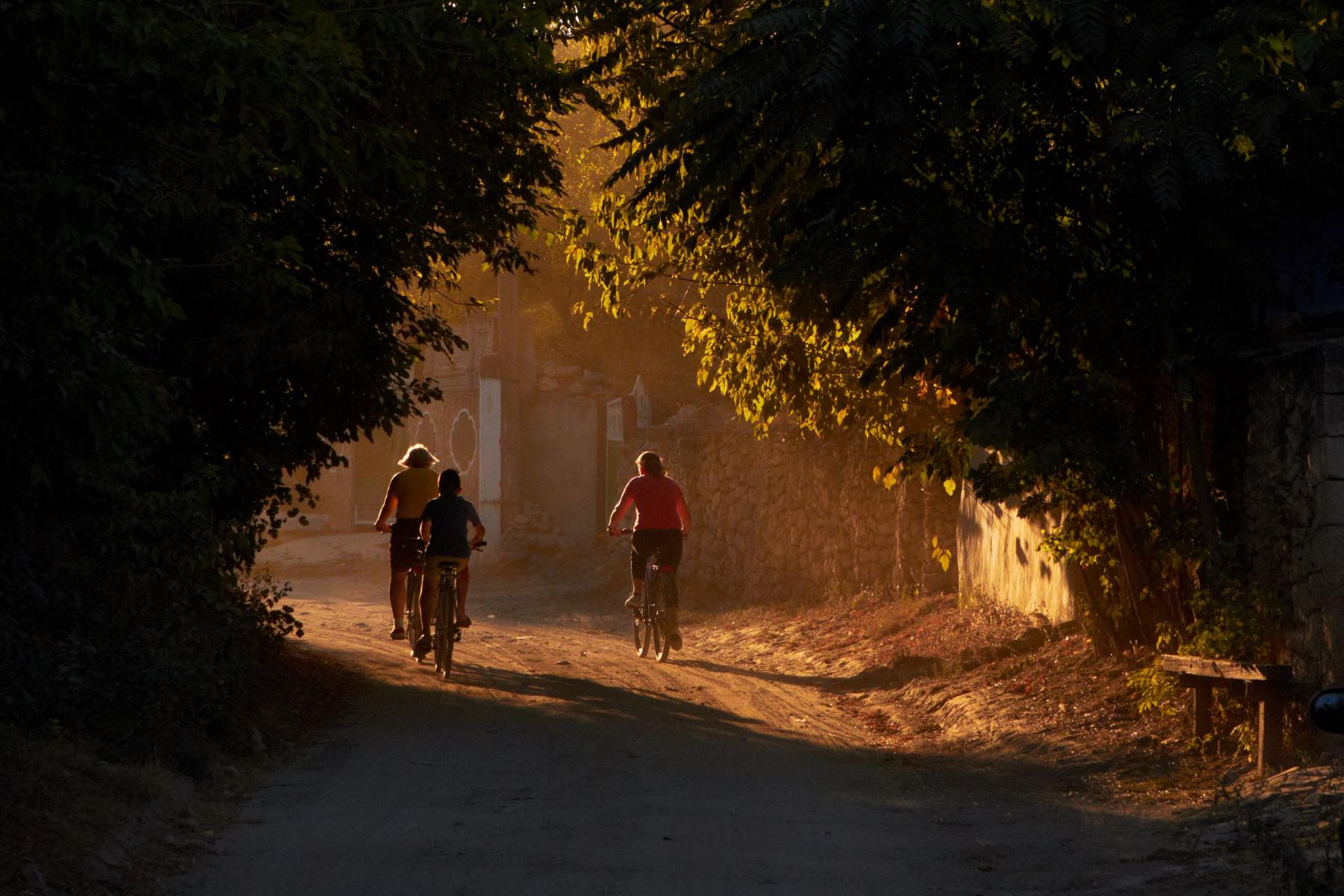

Orheiul Vechi cultural-natural reservation
- Language: Russian , Romanian
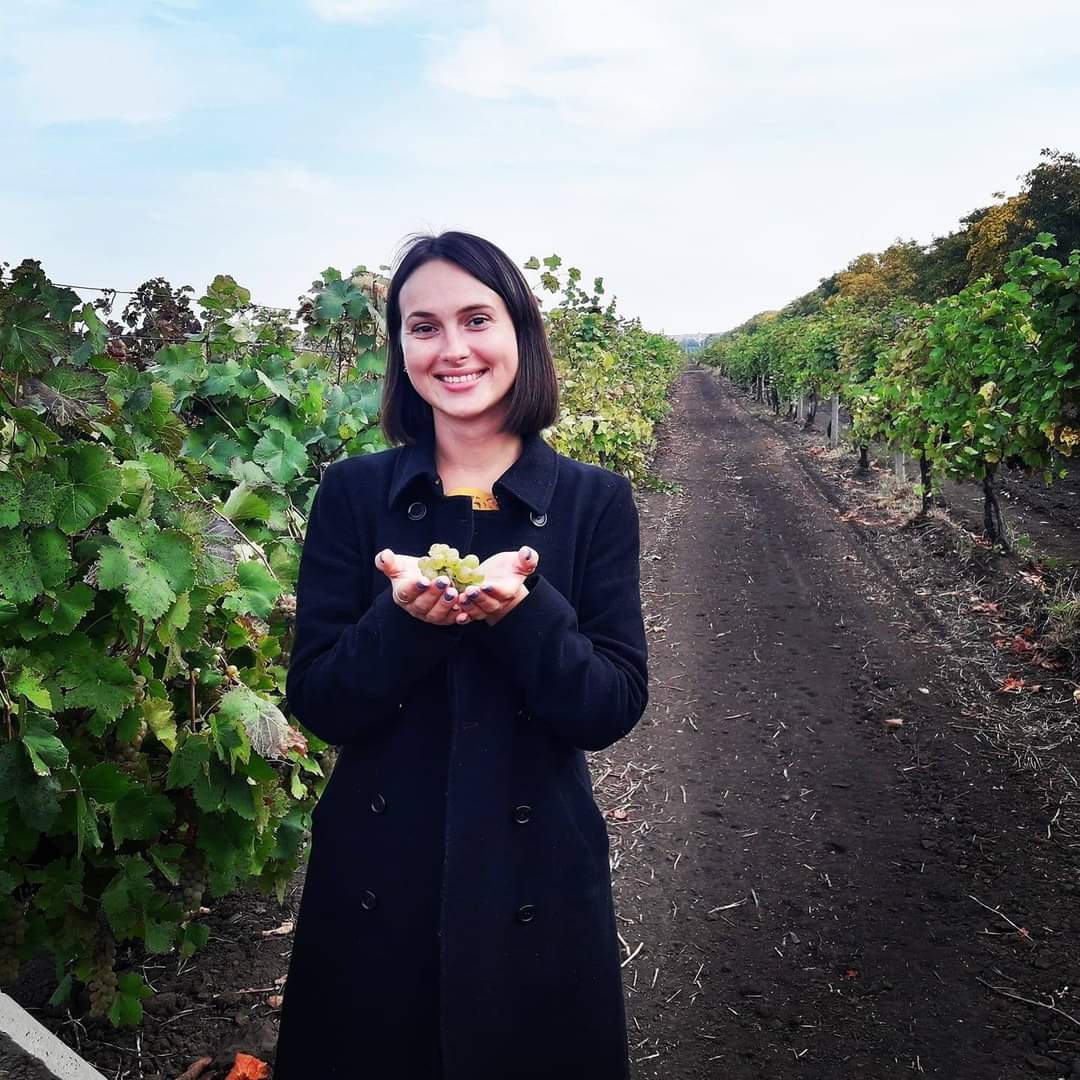
Orheiul Vechi cultural-natural reservation
- Language:

Orheiul Vechi cultural-natural reservation
- Language: Romanian , Russian , French
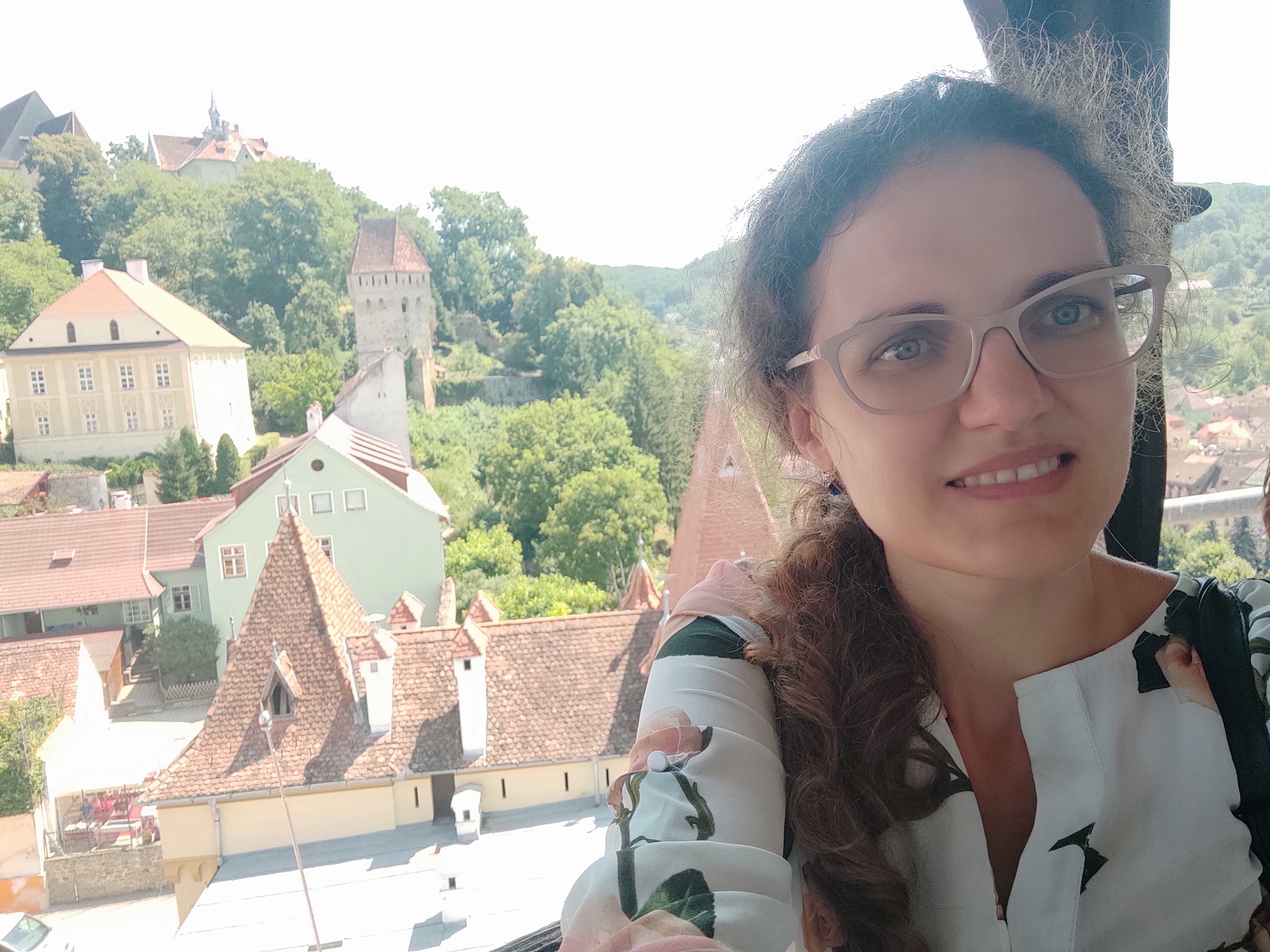
Orheiul Vechi cultural-natural reservation
- Language: Russian , Romanian

Orheiul Vechi cultural-natural reservation
- Language: English , Spanish , Italian , Romanian
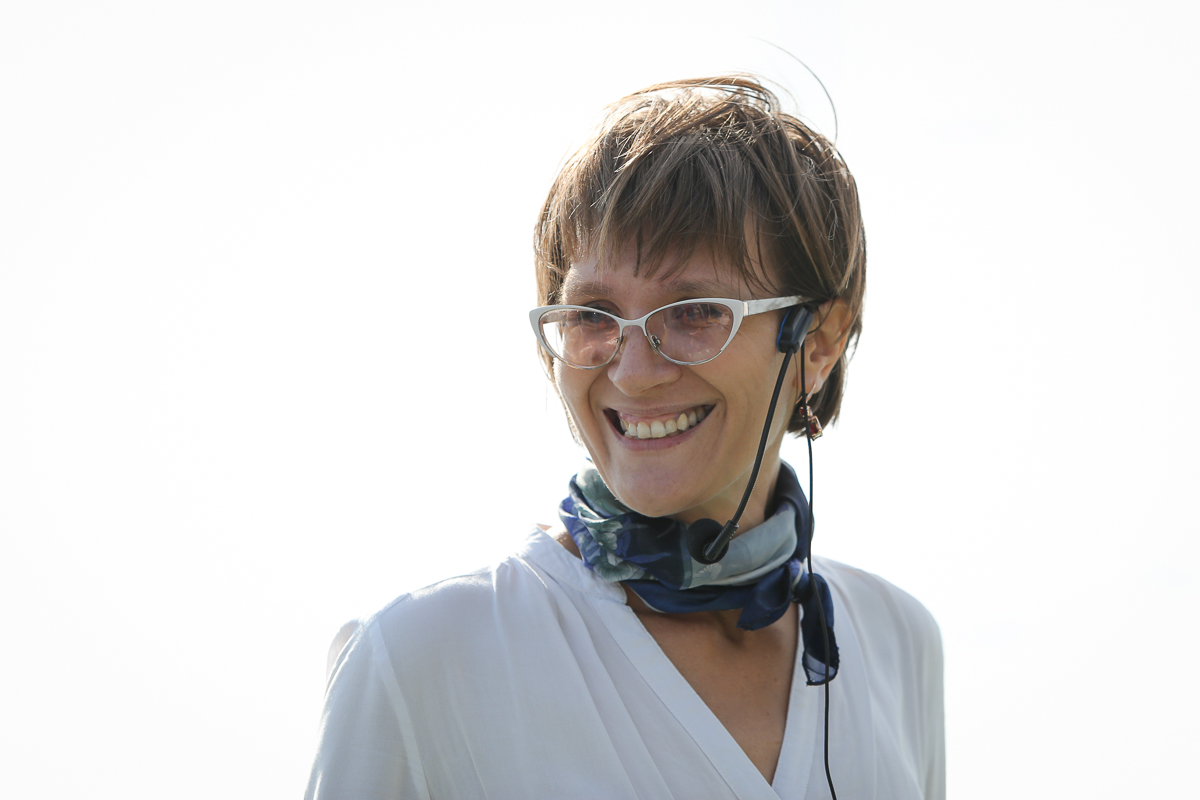
Orheiul Vechi cultural-natural reservation
- Language: Russian , English
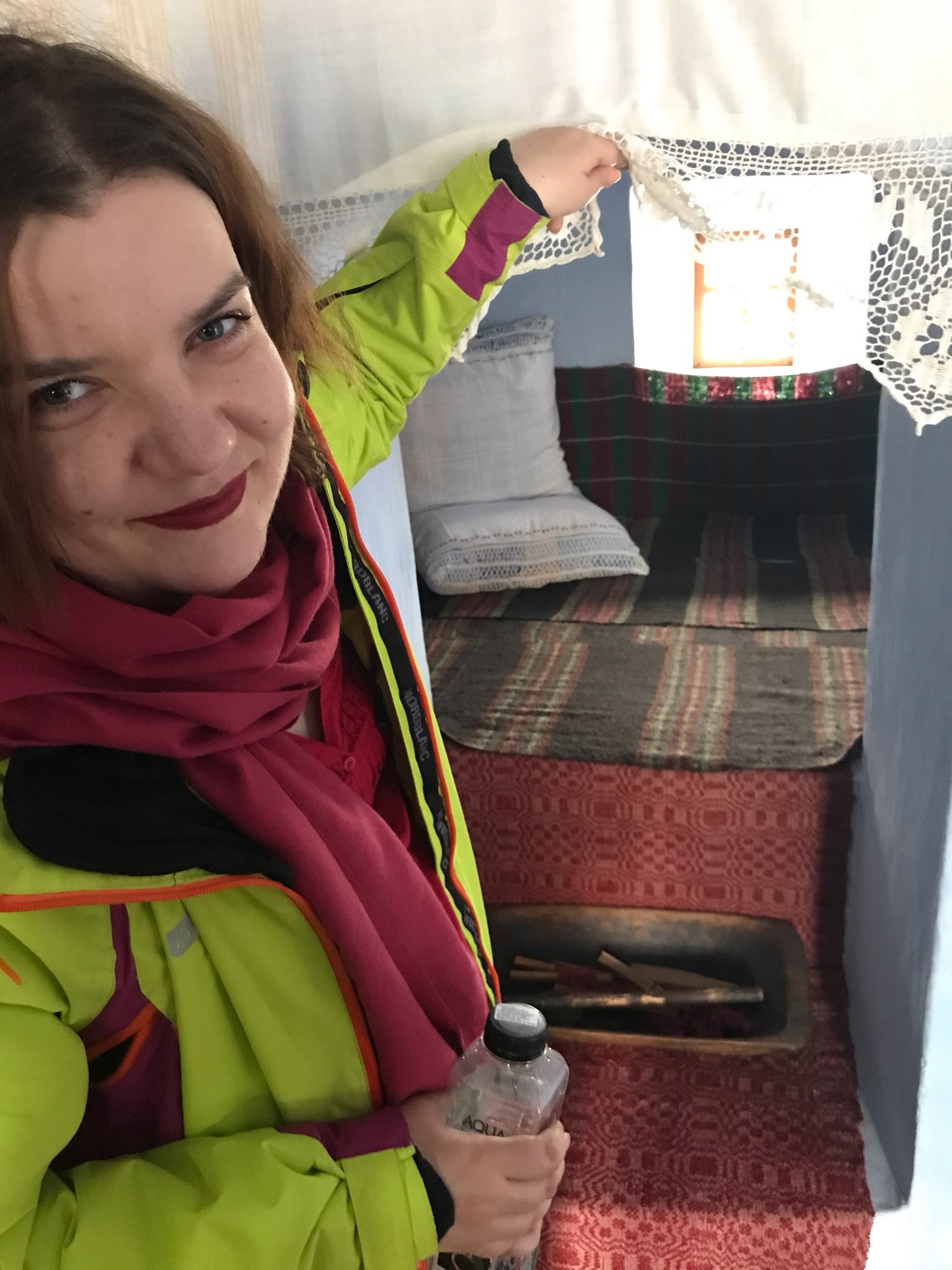
Orheiul Vechi cultural-natural reservation
- Language: Russian , English , Romanian , French

Orheiul Vechi cultural-natural reservation
- Language: English
Orheiul Vechi cultural-natural reservation
- Language: Russian , English , Romanian

Orheiul Vechi cultural-natural reservation
- Language: English , Romanian

Orheiul Vechi cultural-natural reservation
- Language: Russian , English , Turkish

Orheiul Vechi cultural-natural reservation
- Language: Russian , English , Romanian

Orheiul Vechi cultural-natural reservation
- Language: Russian , English
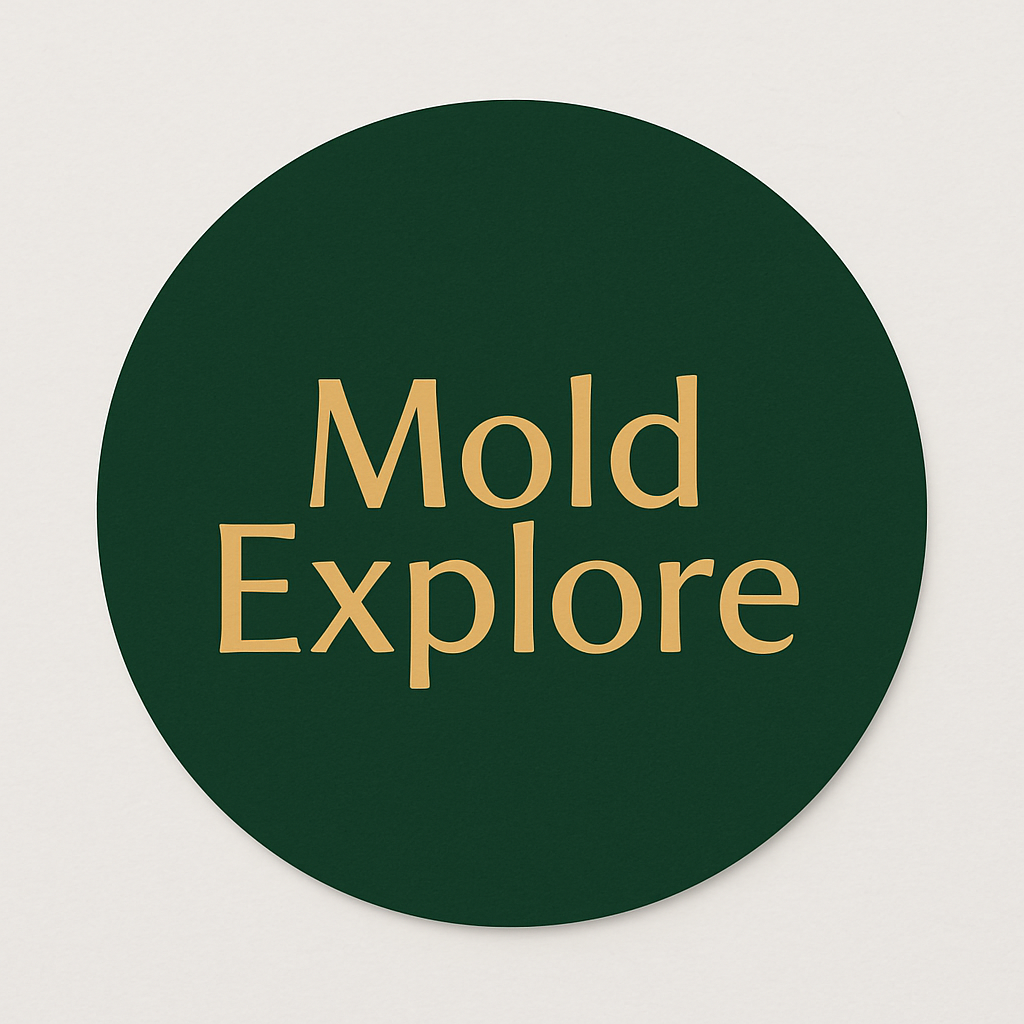
Orheiul Vechi cultural-natural reservation
- Language: Russian , English , Romanian

Orheiul Vechi cultural-natural reservation
- Language: Russian , English , Romanian

Orheiul Vechi cultural-natural reservation
- Language: English , German
The cultural-natural reservation Orheiul Vechi is the most important cultural site in the Republic of Moldova. It is a component part of the Orhei National Park, being an autonomous unit with its own administration, and is located in the eastern part of the Park, in the rocky gorge of the Răut River, which by its specific position represents an amphitheater of great splendor. In the central part of the Reservation is located the Orheiul Vechi Archaeological Landscape, nominated in 2015 for the UNESCO World Heritage List.
The historical, cultural and archeological value of the reservation is amplified by the presence of several archeological sites (Trebujeni-Potârca Site, Maistra's Palace, etc.), cave complexes (Cave Hermitage (“Peștera”), Bosie Pârcălab Hermitage, Pârcălab Mășcăuți-Alb Hermitage etc.) and remnants of medieval architecture - the traces of the Golden Horde (Turkish Bath, Pârcălab Palace, the Church of the Nativity of the Mother of God, etc.). Even if not all the historical monuments have withstood the damages caused throughout history or because of natural cataclysms, the relief of the reservation remains very valorous. It combines Sarmatian geological structures of about 13 million years with a pronounced cave character.
The complex includes the old medieval town of Shehr al Jedid (New Town) during the Golden Horde (14th century), later called Orheiul Vechi (after leaving the given settlement and founding another new town of the same name - today's Orhei).








